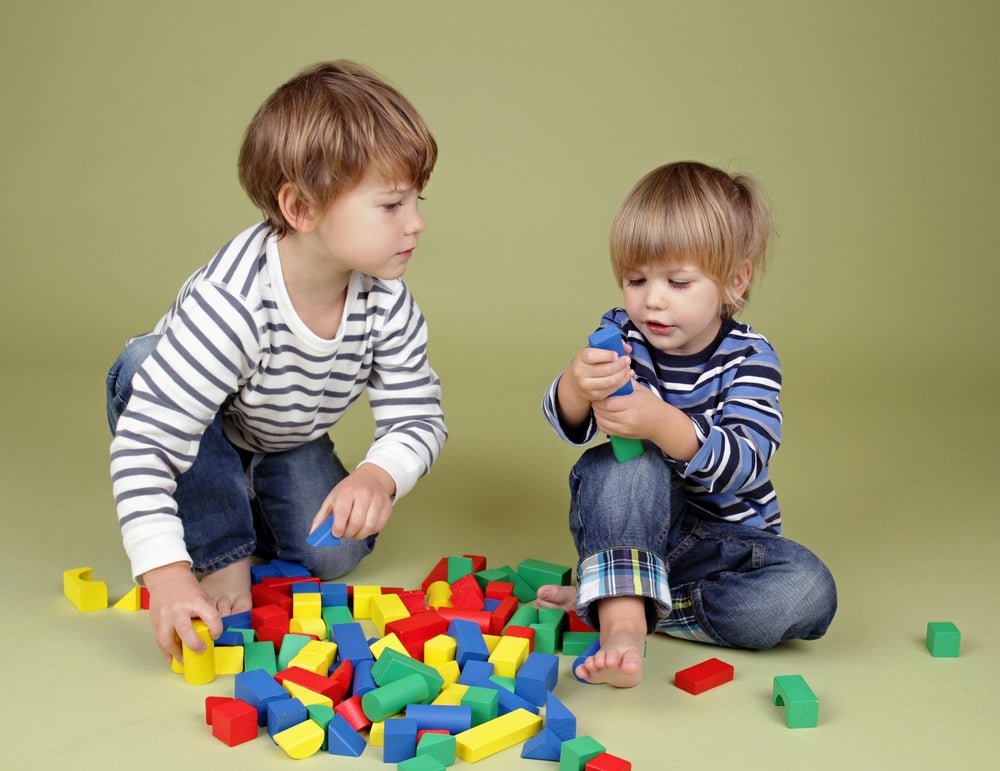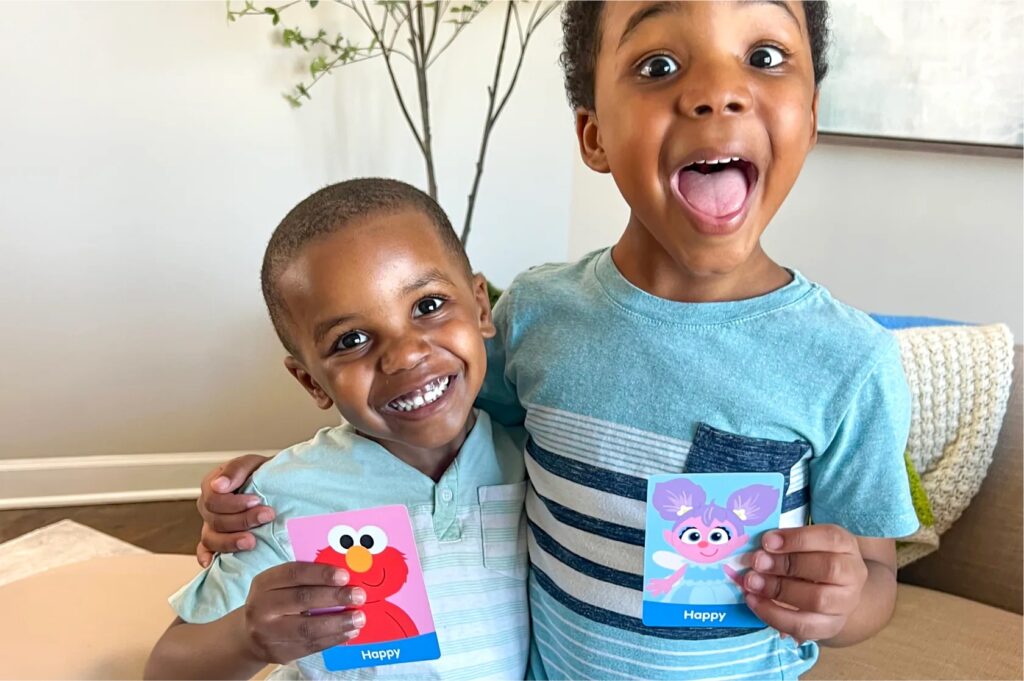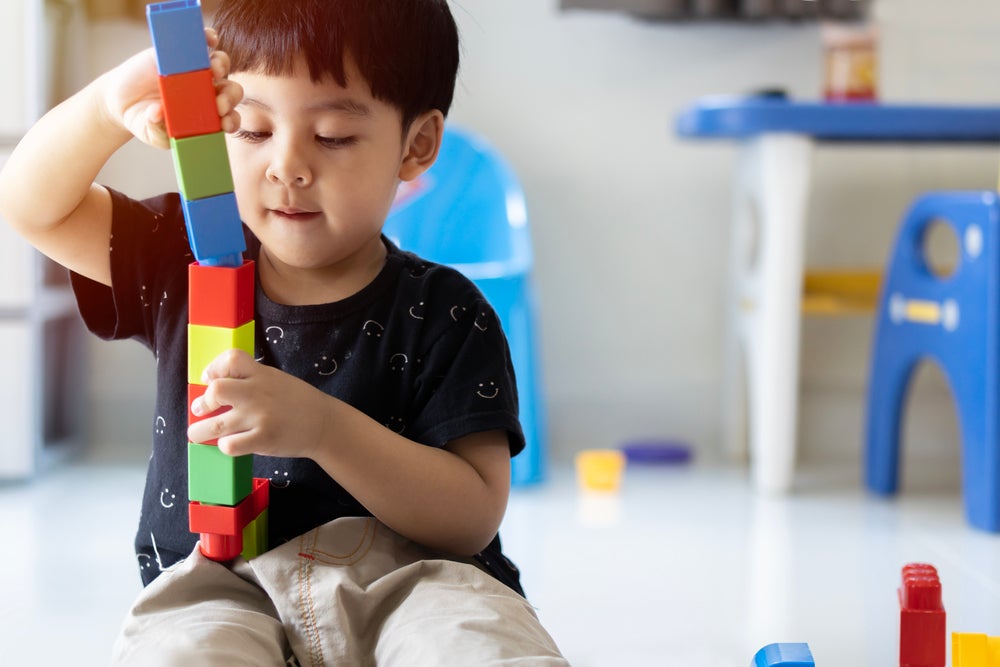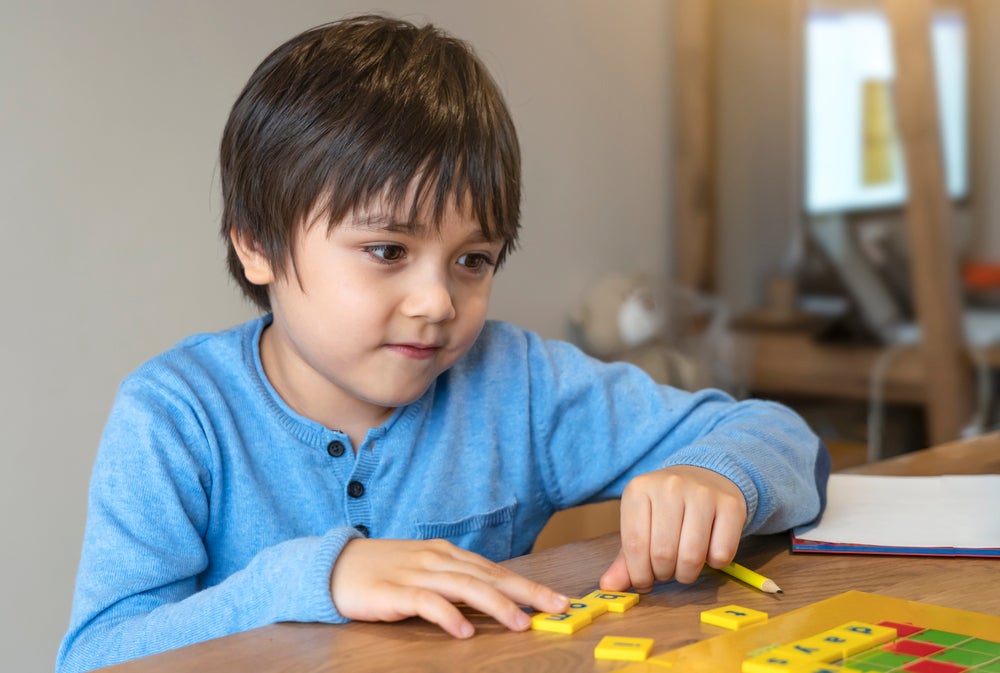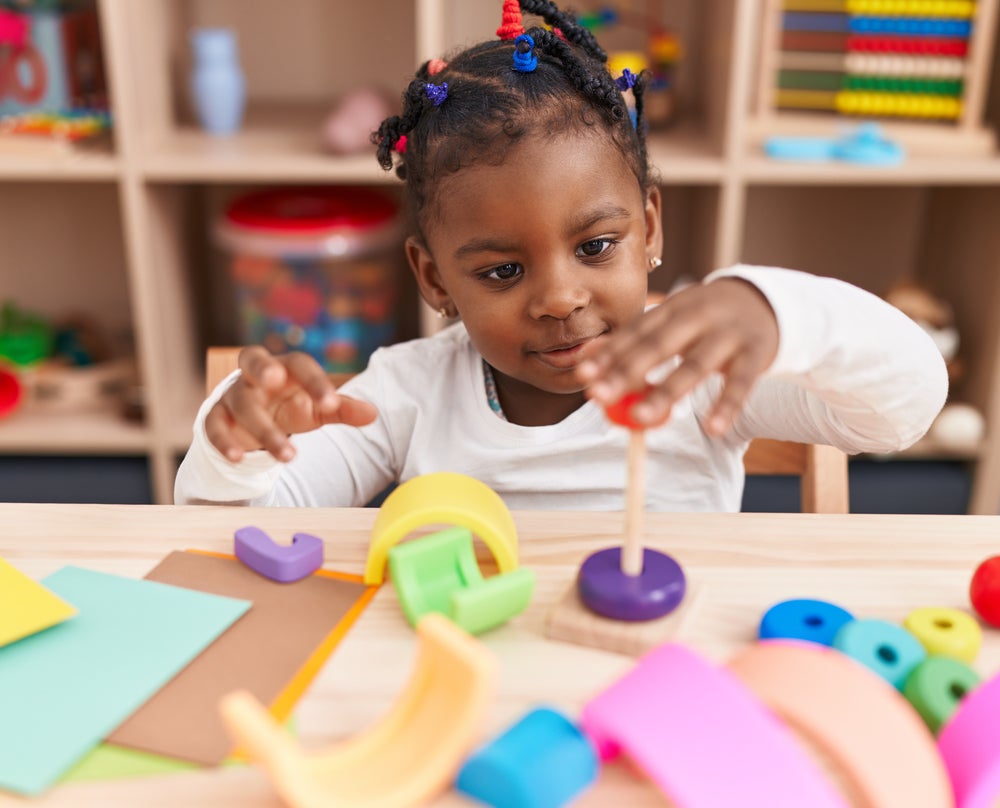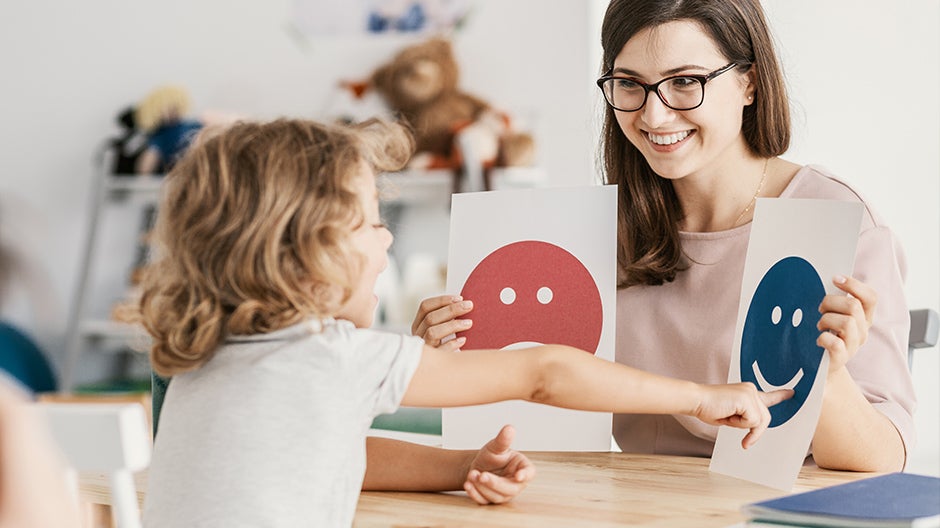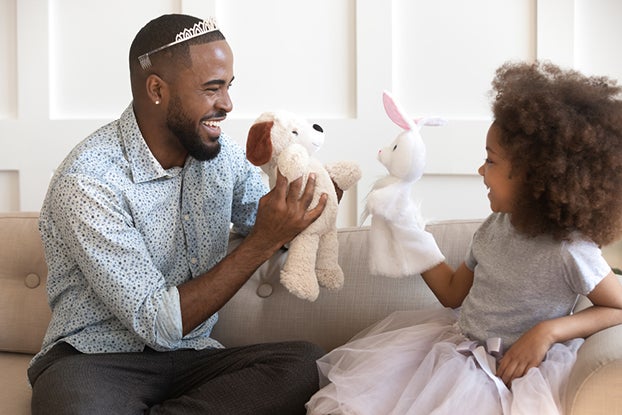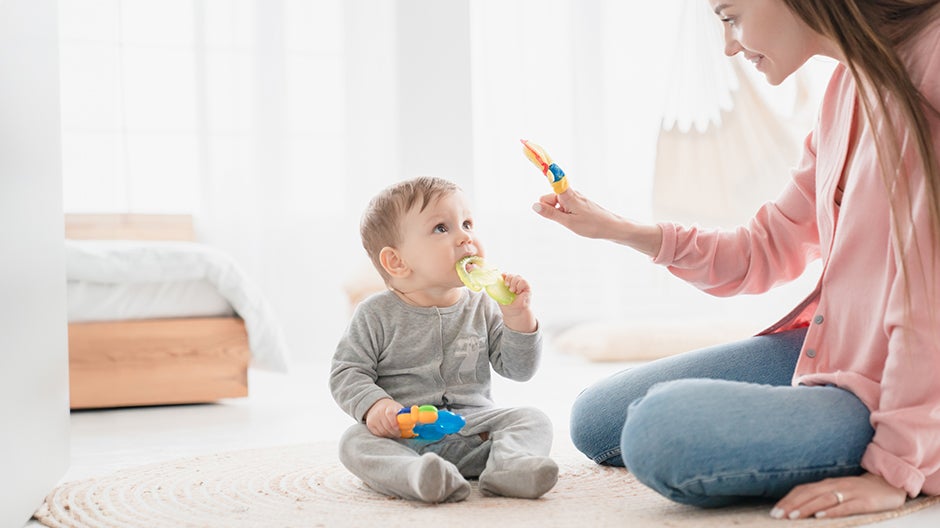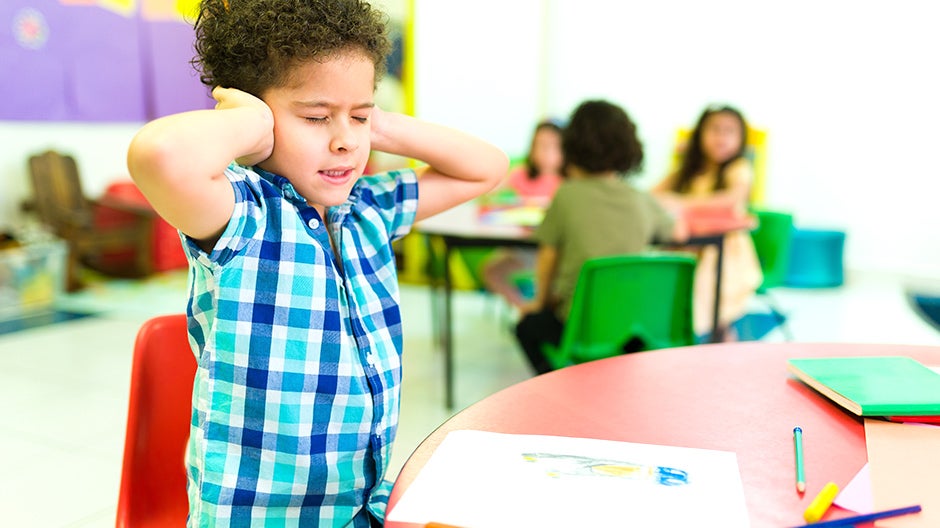Playing games is a great way for your child to develop their critical thinking skills—and the metaphor of a game is a great way to think about these important life skills!
Every time your child works through a problem they need to solve, a sequence they need to memorize, or a decision they need to make, they’re making their way toward the goal of improving their critical thinking.
It’s like a game where the reward at the end is better decision-making, stronger reasoning skills, and academic and professional success!
Kids will keep playing this game over the course of their lives, connecting new ideas to old ones and discarding one opinion for another. Each time, they’ll get better.
Ready to start? We’ve got some fun and easy game ideas for you!
The Short Cut
- Critical thinking is one of the 5 C’s that help kids thrive in school and life (an essential part of the Begin Approach to learning)
- The ability to think critically—as opposed to being intelligent—has been linked to wellness and fewer “negative life events”
- Good critical thinking activities often involve following rules, breaking tasks into sequences, asking questions, and understanding multiple perspectives
- Games (like this memory game) are a fantastic way to develop critical thinking with kids because you can slip in challenges with the fun!
Why Is Critical Thinking Important?
Critical thinking is a necessary skill for understanding the world.
Through weighing options, studying different perspectives, and making good choices, our children can lead their lives in a positive and healthy way.
Critical thinking allows our kids to:
- Analyze information and make decisions
- Recall short sequences of information and simple instructions
- Ignore distractions to focus on a task
- Grasp the differences between sources of information
- Reason using logic
- Make connections between things
It’s one of the most important contributors to their overall well-being!
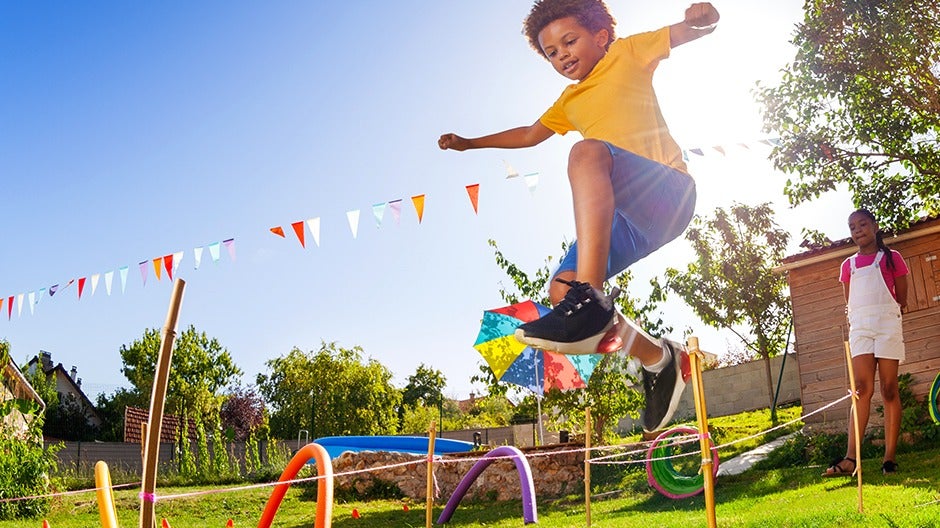
6 Critical Thinking Exercises for Everyday Life
Games aren’t the only critical thinking exercises that work well for kids. They also encounter many opportunities to build their skills on any given day.
How can you tap into those chances? Try these techniques.
1. Explain Things
No doubt you often find yourself on the receiving end of your child’s questions. Try to answer all of them. Daunting as that might sound (we know!), this helps your child learn how to formulate the questions they need to ask to make good judgments.
2. Back Up Rules with Good Reasons
Help your child understand the reasons behind rules. (A typical Q&A volley: “Please find a quiet activity to do after dinner.” “Why?” “Because your brother is asleep and we don’t want to wake him up.”)
This kind of exchange allows your child to understand why you’re asking them to do something, which fosters critical thinking.
3. Play Real-Life Problem-Solving Games
Playing strategy games—even simple ones designed for kids—develops analytical skills. You can also have fun turning household tasks into problem-solving games, like figuring out which socks go to which person when you’re folding laundry.
4. Cultivate Curiosity
Encourage your child to ask questions and dig deep to find answers. Curiosity leads to challenging assumptions and gaining new information. Ultimately it helps your child develop complex thinking skills.
5. Encourage Open-Mindedness
Help your child learn to be flexible in their thinking by giving them time to gather information before they make decisions. Considering various solutions helps kids learn that more than one way to do things can be correct.
6. Model Analytical Thinking
Our kids are always watching us. One of the best ways to influence your child’s critical thinking skills is by talking through decisions as you make them. (“I want to walk to the store. I can take a shortcut, but it’s on that dirt path and I’m wearing new sneakers. I want to keep them clean, so I’ll walk on the sidewalk instead.”)
5 Games to Guide Your Child’s Critical Thinking
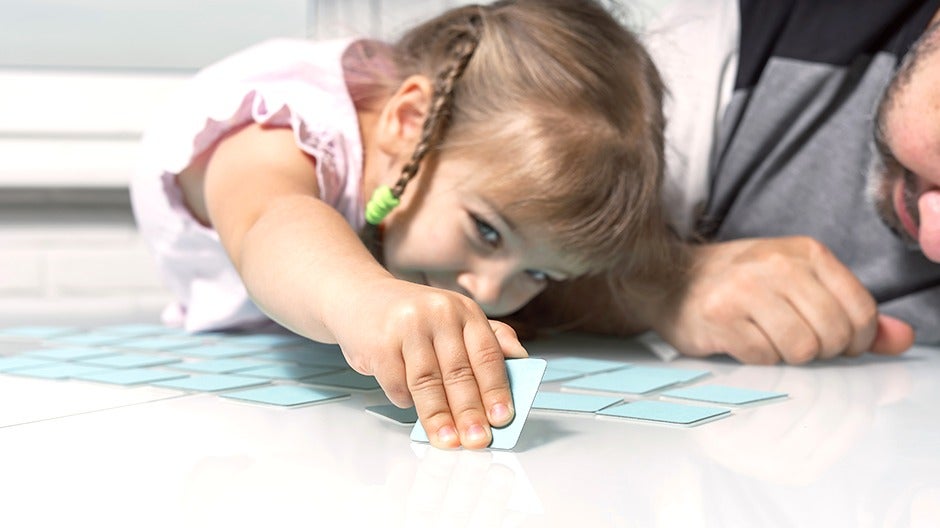
There are many educational critical thinking games you can play at home that help kids improve their skills! We’ve gathered a few we love:
1. I Spy
This classic guessing game encourages analytical thinking and problem-solving skills (like deduction) as your child searches for specific objects based on clues.
Plus, it‘s highly portable! Play it in the car, on a walk, or even at the grocery store!
What You Need
- Nothing except space!
What to Do
- Explain you’ll take turns identifying an object in your space.
- Model the game by going first. Choose an object that both of you can see.
- Share one detail about it. (“I spy something purple.”)
- Ask your child to guess what you’ve chosen.
- If your child is stumped or getting frustrated, add more clues (“The purple thing is a food, and it’s over by the apples.”)
- Trade roles so that your child chooses something for you to guess.
More Ways to Play
- Choose different rules, such as “the object has to start with A,” or “share three adjectives that describe the object,” or “make up one phrase this object might say”
2. Once Upon a Time
Storytelling is a great way to work on critical thinking skills like understanding cause and effect, choice-making, and sequencing. This game also taps into kids’ creativity (another one of the 5 C’s) through making up stories.
What You Need
- Nothing but your imagination!
What to Do
- Explain you’re going to build a story together by taking turns, one sentence at a time. You can give an example by reciting a story that your child already knows.
- Give an exciting first sentence that jumps into action, such as, “Once upon a time, a kid was on a rocket ship headed to Mars, when a meteor hit and fuel began to leak.”
- Ask your child to continue the story. If they get stuck, try asking them questions like “What did the rocket ship do next?” or “What did the kid do first to fix the problem?” or “How did the kid feel?”
- Continue taking turns until you come to a natural ending.
More Ways to Play
- Write down the story as you tell it, then read it out loud
- Create a book out of the story, using paper, markers, and a stapler or tape (art projects use many critical thinking skills)
- Use a prop to center the story on, like a toy or a stuffed animal
- Go outside and tell a story based on what you imagine you see in the clouds
3. Bet You Can Build It!
Designing a structure takes curiosity, planning, trial and error, and problem-solving. You can turn this activity into a game by laying out rules to follow.
What You Need
- Toothpicks
- Straws
- Marshmallows
- Play dough
- Craft sticks
- Cardboard tubes
- Anything else you’ve got at home!
What to Do
- Gather your materials.
- Give your child the rules for the building challenge. (“Create the tallest building you can without it tipping over” or “Use all the marshmallows and toothpicks.”)
- Work on the structure together or each do your own.
- Celebrate when you’ve finished!
More Ways to Play
- Use a timer to add urgency to the game
- Bring the game to the floor and use bigger building materials, like blocks or plastic bricks
- Bring it outside and use objects found in nature
4. Maze
Get your child moving their whole body as they use planning, organization, and problem-solving skills to find their way through a maze.
What You Need
- Chalk
- A surface to draw on, like a sidewalk, driveway, or playground blacktop
- Objects to use as obstacles
- A finish-line treasure (a favorite toy, a treat, etc.)
What to Do
- Draw a maze with chalk. Try making a path by drawing borders on each side or a “tightrope” by only drawing one line your child will need to balance on as they walk.
- Add dead ends to make the maze more challenging.
- Use objects to create obstacles for your child to problem-solve a way past.
- Add a treasure at the finish to engage their imagination.
- Have your child start at one end and try to find their way through!
More Ways to Play
- Hone in on the treasure component of the maze by creating a scavenger hunt.
- Ask your child to draw a map of the maze when they’ve finished.
5. Obstacle Course
An obstacle course builds real-life skills. To get through their days, kids need to be able to remember lots of information (just think about all the rules at school!).
They also encounter problem-solving based on sequencing and memorizing shortcuts, directions, and solutions. (Think about learning how to write. Letters have to be in a specific order to make a word. That’s sequencing.)
Or you may allow your child to walk to school or the bus stop on their own. That’s all about memorizing directions.
Obstacle courses can help them practice these skills!
What You Need
- Masking tape or chalk
- Jump rope or broom
- Big bouncy ball
- Hula hoop
- Play tunnel, table, or chair
- Board or pool noodle
- Log and plank
- Pillows, bean bag chairs, or large stuffed animal
- Any other objects you want!
What to Do
- Gather your objects—you can play this game inside or outside.
- Design a path for your child by placing interactive objects along it. For instance, they can jump over the broom, crawl under the table, and balance on the log and plank.
- Show your child the sequence. You can demonstrate it or have them do a trial run.
- Let them start!
More Ways to Play
- Try asking your child to do the course backwards or blindfolded—with a partner!
- On a hot day (and outdoors!), add water components like carrying a bucket of water or running through a sprinkler
- Draw a map and instead of telling your child how to move through the course, give them the map to follow
- Add a fun time component and challenge your child to finish the course faster each time they do it
Cultivating Critical Thinking Skills with Begin
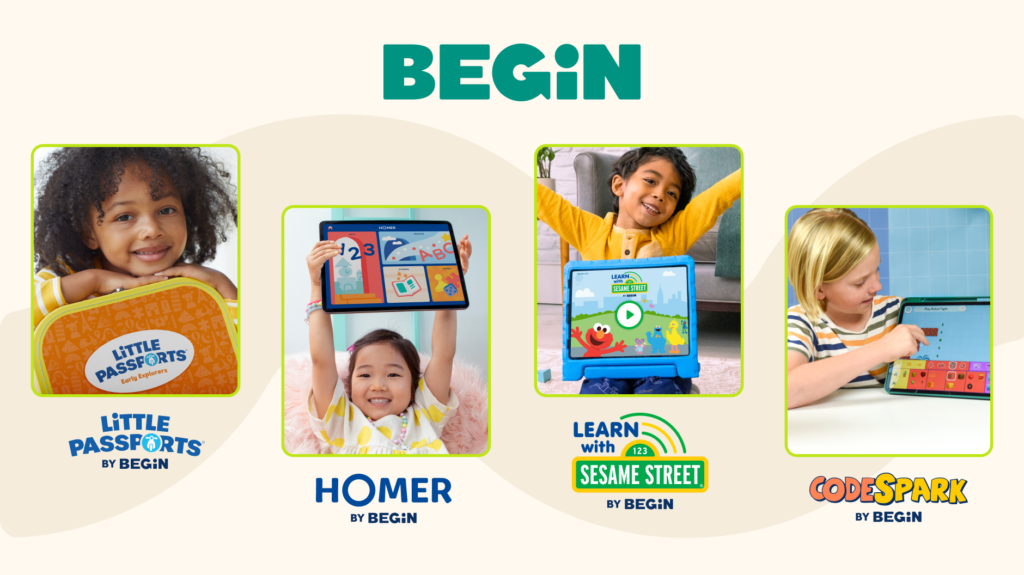
Because critical thinking is such an essential skill set, at Begin we build it into our age- and stage-matched learning membership. Through playing with Little Passports activity kits, the codeSpark coding app, and other award-winning learning products from Begin, kids can learn sequencing, make their own games, do science experiments, and more !
Take our online quiz today to discover which stage of the Begin membership is best for your family!


